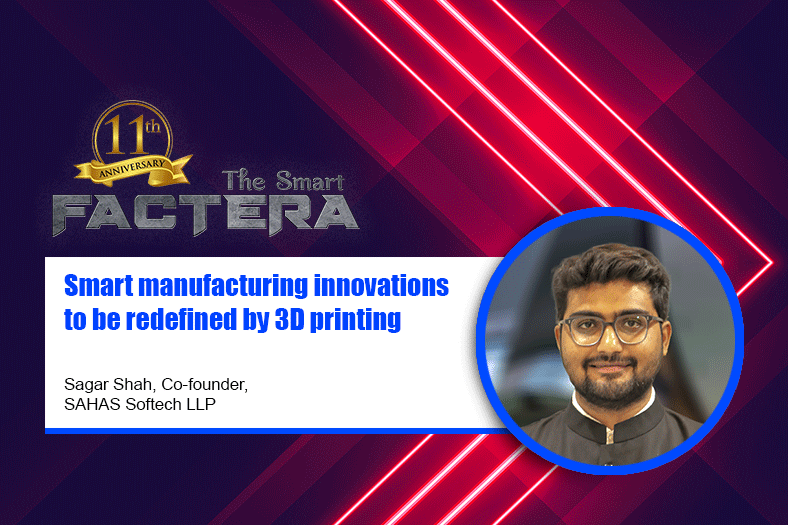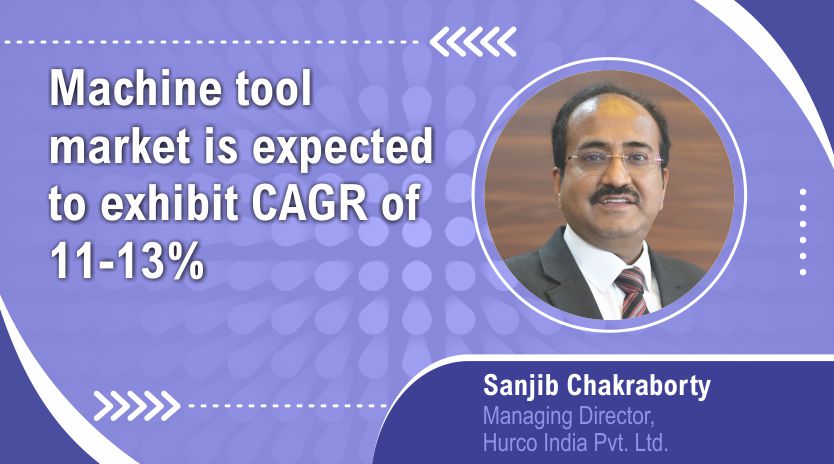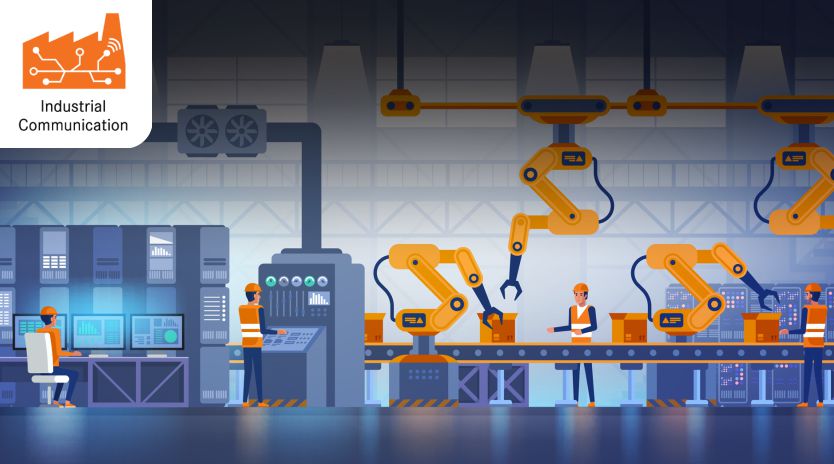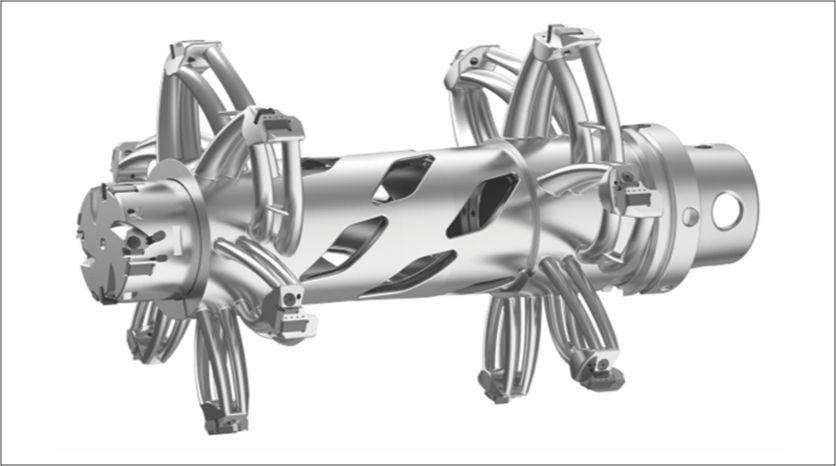Smart manufacturing innovations to be redefined by 3D printing
June 10, 2020 12:35 pm
For product development, better planning and supply chain logistics, it’s very important for MSMEs to adopt smart factory culture.
Sagar Shah, Co-founder, SAHAS Softech LLP, explains how indigenous production and manufacturing can reduce the time lapse in the manufacturing process whilst equipping manufacturers with additional time-to-market opportunities.
How has your company’s journey been in the adoption of smart factories?
To adopt the smart factory culture, we first identified the bottlenecks in our current processes, which can be solved with the help of technology. We as a company always work on making our product the best and we realised that perfect processes will make our product perfect. So first we trained our employees to digitise the whole manufacturing process in Excel sheets. This practice helped us to understand where we are lacking and also reduced a lot of communication errors, which was common earlier. This also helped to have clear communication between the production team and sales team. Once the employees got accustomed to this, we got separate software for production as well as sales teams.
What kind of steps do companies, including MSMEs, need to take for the adoption of smart factories?
For product development, better planning and supply chain logistics, it’s very important for MSMEs to adopt smart factory culture. Production, information and communication technology with the potential for integration across the entire manufacturing supply chain can be the combination for the structure of smart factories. The most important thing with MSMEs will be product innovation, so they should start adopting technologies like laser cutting and 3D printing in-house. These technologies will help them to reduce new product development time and use that time for marketing.
How have machine learning (ML), artificial intelligence (AI), robotics, automation and big data been implemented by OEMs to move towards a Connected Enterprise?
Here I would like to give an example of the automobile sector. Cars are an assembly of several parts in automobile manufacturing factories. They create moulds and a pattern to fasten the process of assembling parts. In this way, the company manages to reduce the labour cost as well. Manufacturers are also using digital transformation by adopting e-commerce technology. This helps manufacturers to open web stores where they can reach the end consumer directly.
What are the challenges faced by OEMs while transitioning towards smart factories?
Cost is the biggest challenge especially in a country like India. The cost of new technologies is usually much higher than the labour cost, so a lot of companies either refrain or take time to adopt new technologies.
What kind of technological advancements can we expect with respect to smart manufacturing in the coming years?
3D printing will be the most important technological advancement for smart manufacturing. This technology will help the manufacturers to innovate in-house, reduce the time of innovation and also reduce the labour cost.
Cookie Consent
We use cookies to personalize your experience. By continuing to visit this website you agree to our Terms & Conditions, Privacy Policy and Cookie Policy.

















 English
English Hindi
Hindi